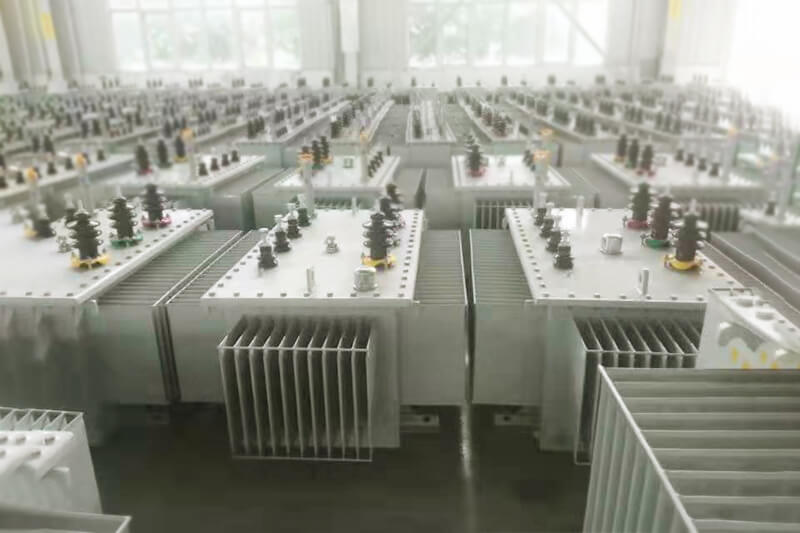Transformers play a critical role in electrical power systems, enabling the efficient transmission and distribution of electricity. Among the many types of transformers, single-phase transformers and three-phase transformers are the most widely used. Understanding their differences is essential for engineers, electricians, and industries looking to choose the right power equipment. This article provides an in-depth comparison of their working principles, applications, advantages, and practical considerations.

Single Phase Oil-Immersed Transformer
What Is a Single-Phase Transformer?
A single-phase transformer is an electrical device that converts voltage levels using a single alternating current (AC) phase. It consists of two windings — a primary winding and a secondary winding — wound around a magnetic core. The transformer operates based on electromagnetic induction, transferring energy from one circuit to another at different voltage levels.
Single-phase transformers are typically used in residential applications and light commercial loads, where power demands are relatively low. Common examples include domestic power supplies, lighting systems, and small machinery.
What Is a Three-Phase Transformer?
A three-phase transformer operates on a three-phase AC power system. It either consists of three single-phase transformers connected together (banked) or a single unit with three sets of windings combined into one core structure. The transformer transfers energy between three-phase circuits, which are standard in industrial and large commercial applications.
Three-phase transformers are preferred for high-power applications such as manufacturing plants, large motors, and power distribution networks, due to their efficiency and ability to handle greater loads.
Key Differences Between Single-Phase and Three-Phase Transformers
1. Power Supply
-
Single-phase transformer uses one alternating voltage cycle.
-
Three-phase transformer uses three alternating voltage cycles, 120 degrees out of phase with each other.
2. Voltage and Load Handling
-
Single-phase transformers are suitable for low voltage and light load applications.
-
Three-phase transformers are designed for high voltage and heavy load environments, distributing power more efficiently over longer distances.
3. Efficiency
-
Three-phase transformers are more efficient than single-phase ones in delivering power to large systems.
-
Single-phase transformers are simpler and cost-effective for small-scale applications.
4. Construction
-
A single-phase transformer has one set of primary and secondary windings.
-
A three-phase transformer has three sets of windings or three interlinked single-phase transformers.
5. Applications
-
Single-phase transformers: residential homes, small businesses, air conditioners, lighting.
-
Three-phase transformers: industrial plants, manufacturing equipment, data centers, power grids.

Three-Phase dry type Transformers
Advantages of Single-Phase Transformers
-
Simple design and easier installation.
-
Cost-effective for light-load applications.
-
Compact and space-saving.
-
Lower maintenance needs.
Advantages of Three-Phase Transformers
-
Higher efficiency for large loads.
-
Balanced power distribution reduces energy losses.
-
Smaller conductor size reduces material costs in distribution.
-
Reliable and stable power for industrial systems.
How to Choose Between Single-Phase and Three-Phase Transformers?
The decision between a single-phase and three-phase transformer depends on your application and power needs:
-
If your system requires less than 1000 watts and is primarily used in residential or light commercial settings, a single-phase transformer is appropriate.
-
If your system handles heavy machinery, industrial motors, or large-scale power distribution, a three-phase transformer is the better choice.
Additionally, always consider future scalability, installation costs, and operational efficiency when making your decision.
Both single-phase and three-phase transformers serve critical roles in power systems. By understanding their differences — from construction and efficiency to applications and costs — you can make informed decisions that meet your operational and electrical requirements. For industries and businesses dealing with high power demands, three-phase transformers offer unmatched efficiency and reliability. For small-scale, residential, or low-power applications, single-phase transformers provide a cost-effective and practical solution.
If you are sourcing transformers for your project, consulting with an expert or supplier can ensure you select the most suitable transformer type for your specific needs.









Leave A Comment